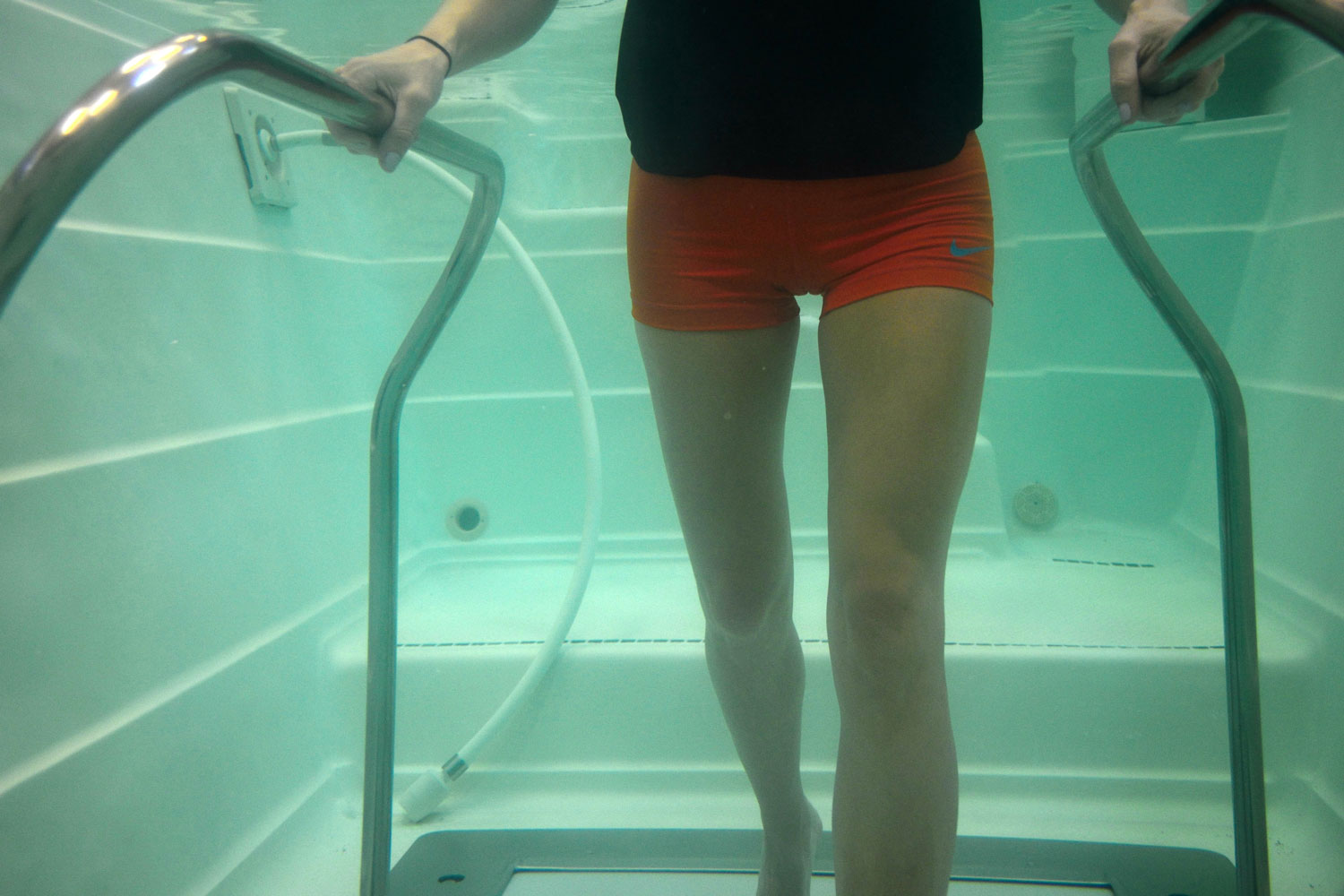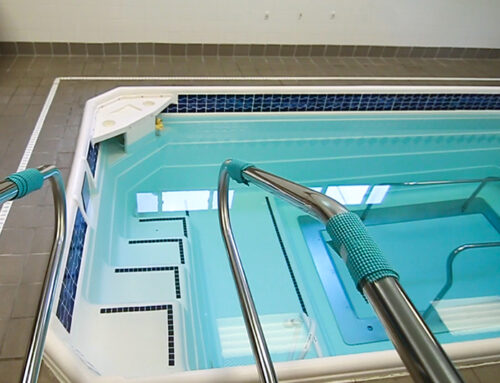Undergoing surgery can be a major ordeal, and it’s important to ensure that you receive the best possible care in order to promote healing and prevent complications. At our physical therapy practice, we utilize aquatic therapy as part of our comprehensive approach to post-surgical rehabilitation, and have seen remarkable results in helping our patients to regain function, reduce pain, and improve quality of life. Here’s how aquatic therapy is used post-surgery:
Reducing Pain and Inflammation
Following surgery, it’s common to experience pain and inflammation in the affected area. Aquatic therapy can be highly effective in reducing pain and inflammation, as the buoyancy of the water reduces pressure on the affected area, while the hydrostatic pressure of the water can help to decrease swelling and improve circulation. This can help to promote healing and reduce the need for pain medication.
Improving Range of Motion and Strength
After surgery, it’s important to gradually work on improving range of motion and strength in the affected area. Aquatic therapy can be highly effective in this regard, as the resistance of the water provides a low-impact form of exercise that can improve muscle strength and flexibility, without putting undue stress on the healing tissues. This can help to prevent stiffness and promote healing.
Safe and Effective Rehabilitation
One of the biggest advantages of aquatic therapy for post-surgical rehabilitation is that it provides a safe and effective form of rehabilitation that minimizes the risk of further injury. By utilizing the buoyancy and resistance of the water, patients can perform exercises and activities that would be too difficult or dangerous on land, such as walking, running, and jumping. This can help to promote faster healing and more effective rehabilitation.
Improved Quality of Life
Finally, aquatic therapy can have a significant impact on quality of life following surgery. By reducing pain and inflammation, improving range of motion and strength, and promoting healing, aquatic therapy can help patients to regain function and return to their daily activities more quickly. This can have a profound impact on overall well-being and quality of life, helping patients to feel more confident, energetic, and engaged in their lives.
In conclusion, aquatic therapy is a powerful tool for post-surgical rehabilitation, providing a safe and effective form of rehabilitation that can reduce pain, improve range of motion and strength, and promote healing. At our physical therapy practice, we believe in taking a holistic approach to rehabilitation, and we’re committed to providing our patients with the best possible care to help them achieve their goals. If you’re recovering from surgery and looking for effective post-surgical rehabilitation, we encourage you to explore the benefits of aquatic therapy and discover how it can help you to regain function, reduce pain, and improve quality of life.




